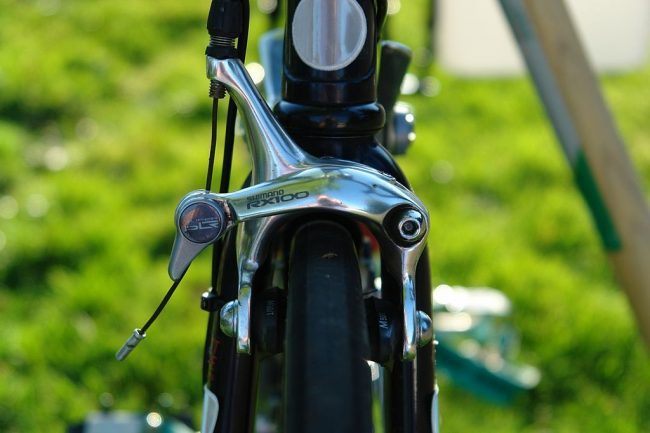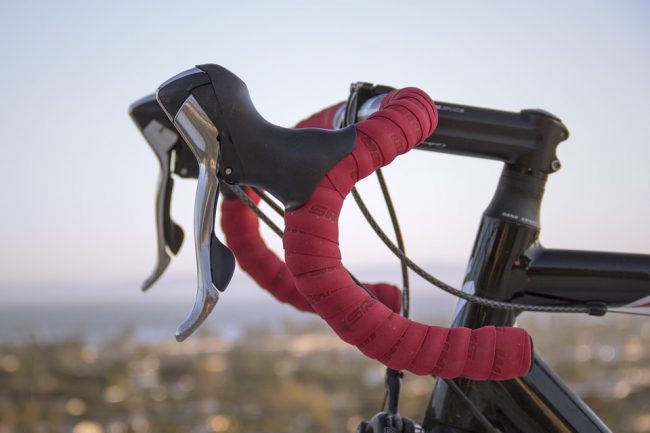Whatever the breaks mounted on the bicycle they are almost useless if you do not know how to use them.
Many cyclists keep their hands on the handlebars without even touching the brake levers, this is not indicated because it extends reaction times and in a dangerous situation is definitely to be avoided.
The best breaking technique on the bicycle is one that allows a progressive slowdown and not a sudden stop that can cause unbalances and falls.
To be sure to brake progressively it is important to be able to control the braking modularity and handle the use of the levers by finding the right balance between the rear and the front brake.

In case of:
– Rain
It is better to have dummy pads with the appropriate design that will allow the water to drain and ward off the aquaplaning phenomenon. However, this can happen in the case of abrupt braking and subsequent blockage of the wheels.
– Gravel
The pebbles that are found on the white roads and sometimes even on the poorly paved asphalt make braking particularly disagreeable because the tire slides over them.
Also in this case if you block the wheel you may fall to the ground.
– Steep descend
During the downhill it is best to handle the bicycle only by moving our center of gravity backwards and making short brakes and deciding on the most critical points.
The efficiency of a break on the bicycle is determinate by:
- Speed
- Weight of the cyclist and of the bicycle
- Maintenance and efficiency of the break
- Condition of the floor
- Tire usury
